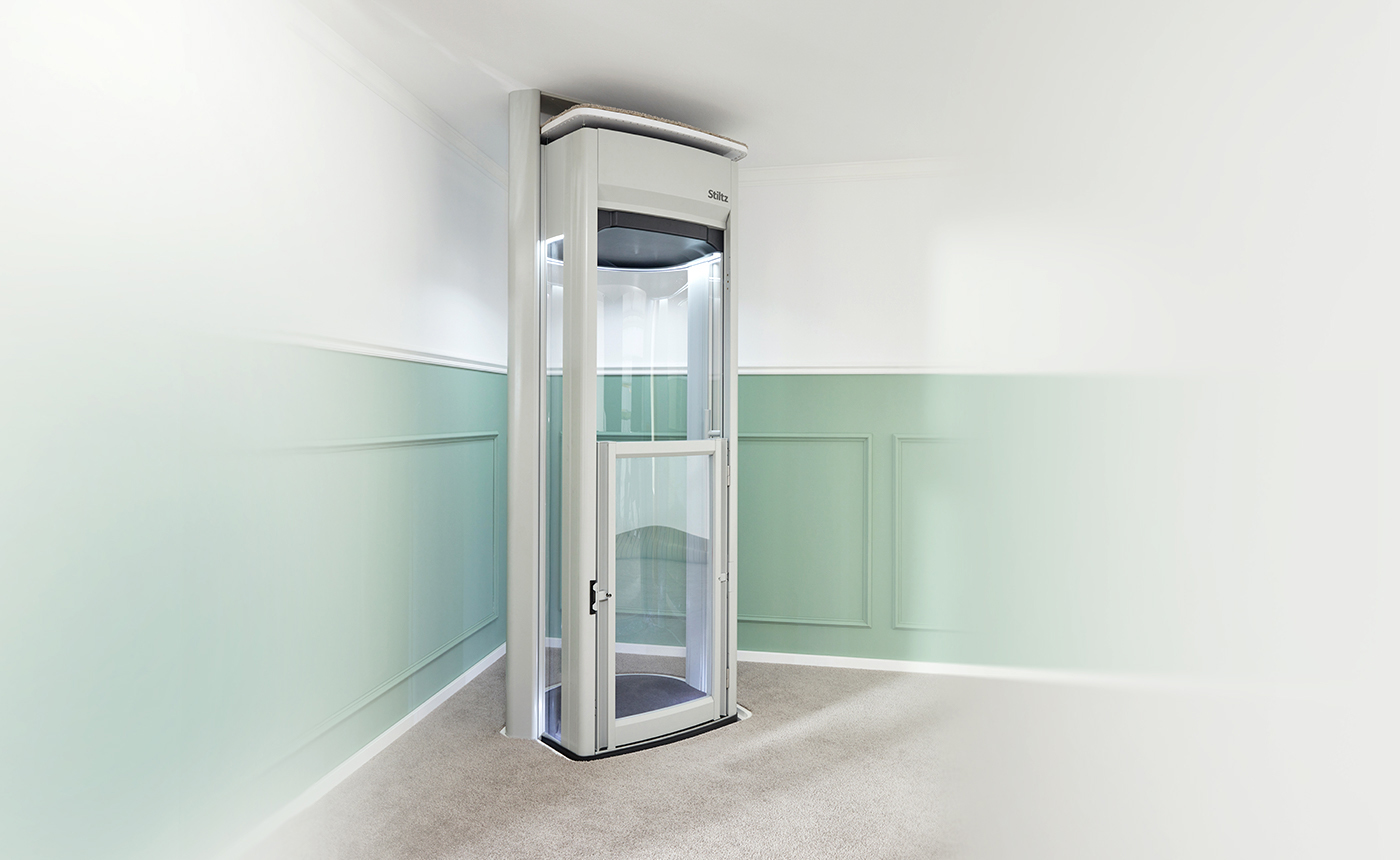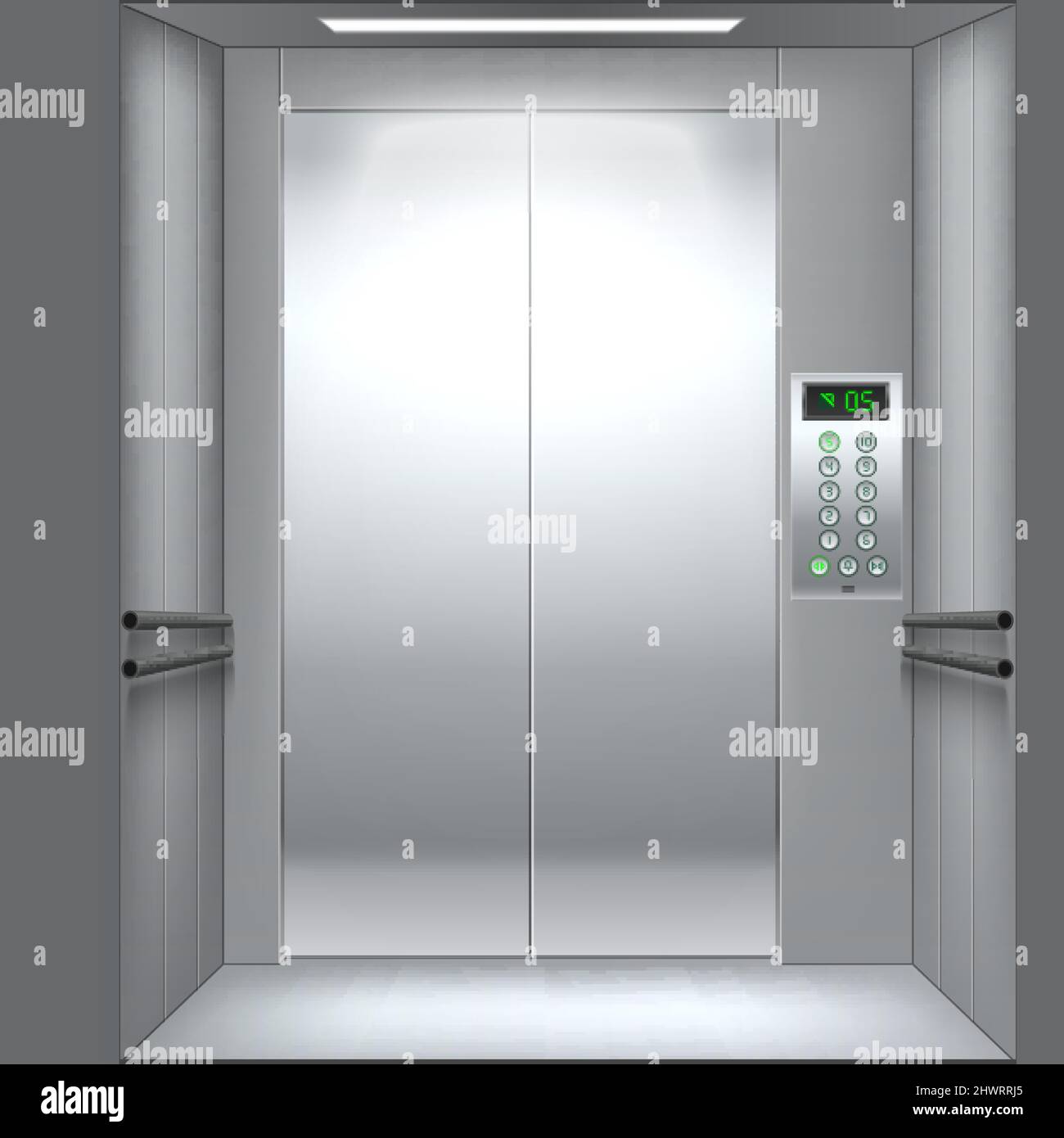Leading Lift Companies in London: Supplying Exceptional Solution and Assistance
Leading Lift Companies in London: Supplying Exceptional Solution and Assistance
Blog Article
Delving Into the World of Lifts: Usual Concerns Encountered by Different Lift Systems
As we browse via the upright transportation systems of modern buildings, elevators stand out as a crucial element of our daily lives. From hydraulic elevators to grip systems and machine-room-less designs, each lift type comes with its collection of common problems.
Hydraulic Lifts
Hydraulic lifts, commonly preferred for low-rise buildings, make use of fluid pressure to manage the activity of the lift automobile (lift repair companies). This device entails a hydraulic pump pushing oil into a cyndrical tube, causing the elevator to relocate the wanted direction. While hydraulic elevators are understood for their peaceful and smooth procedure, they do come with their own collection of usual issues
One prevalent problem with hydraulic elevators is oil leak. Additionally, concerns with the control system, such as malfunctioning shutoffs or a malfunctioning pump, can cause interruptions in the elevator's movement.
Routine upkeep and prompt fixings are important to make sure the smooth performance of hydraulic elevators. By attending to these usual issues proactively, building owners can reduce downtime and make sure the security and performance of their vertical transportation system.
Grip Elevators
When thinking about upright transportation systems in buildings, one more typical kind other than hydraulic elevators is the grip elevator. Grip lifts run using a system of ropes and counterweights that move the elevator cars and truck by gripping onto the hoist ropes. This mechanism enables smoother and quicker vertical transportation compared to hydraulic systems.
Among the common issues faced by traction elevators is rope wear. The consistent motion of the ropes within the traction system can lead to tear and put on in time, potentially triggering the lift to breakdown or become hazardous for usage. Routine evaluations and upkeep of the ropes are vital to guarantee the lift's proper performance and safety.
An additional issue that grip elevators might encounter is connected to the control system. Problems with the control system can cause issues such as unpredictable movement, hold-ups in feedback times, and even full shutdowns. Normal testing and upkeep of the control system are essential to protect against such issues and make certain the elevator's dependability.
Machine-Room-Less (MRL) Lifts

Among the crucial elements of MRL elevators is the portable gearless grip device that is mounted within the hoistway. This maker effectively drives the elevator car without the demand for large equipment discovered in conventional grip lifts. Additionally, MRL lifts normally use a weight system to stabilize the vehicle, more improving their energy performance.
Despite their advantages, MRL lifts may encounter challenges connected to maintenance and fixing because of the confined room for tools installation. Availability for servicing components within the shaft can be restricted, requiring specialized training for professionals. Appropriate upkeep timetables and regular assessments are essential to make sure the ongoing smooth procedure of MRL elevators.
Overloading and Weight Limitation Issues
Are elevators furnished to handle excess weight loads effectively and securely? Straining and weight limit issues are important problems in elevator operations. Elevator producers style raises with particular weight capacities to guarantee traveler security and devices long life. Going beyond these weight limits can lead to various problems, including mechanical failures, delays, and safety dangers.
When elevators are overwhelmed, it puts extreme strain on the motor, cables, and other components, potentially creating breakdowns or failures. If they discover excess weight, safety mechanisms such as sensing units and lift companies in London overload sensing units are in area to stop elevators from relocating. In addition, going beyond weight limitations can cause enhanced energy intake and damage on the elevator system.
To mitigate straining problems, constructing managers should plainly display weight restrictions in elevators and enlighten passengers on the significance of sticking to these limitations - lift repair companies. Regular upkeep checks by qualified specialists can additionally assist guarantee that elevators are running within risk-free weight parameters. By attending to overloading and weight restriction concerns proactively, structure proprietors can improve elevator safety and security and effectiveness
Electrical System Failures
Exceeding weight limits in elevators can not only cause mechanical issues yet also potentially add to electric system failings within the lift infrastructure. Electric system failures are an essential issue in lift operation, as they can trigger unexpected shutdowns, breakdowns, or even safety dangers. One common electric problem is the getting too hot of elements due to excessive existing circulation brought on by straining the lift past its ability. This can bring about damage to the electrical wiring, motor, or control systems, leading to expensive repair services and downtime.
Furthermore, power surges or fluctuations in the electrical supply can also interfere with the lift's procedure, impacting its performance and safety. These electric disruptions can damage sensitive elevator parts such as control board, circuit card, or sensors, resulting in system failures. Normal upkeep we maintain lifts and assessments are important to determine and address potential electric problems quickly, ensuring the safe and reliable procedure of lift systems. By sticking to weight limits and performing regular electrical system checks, structure owners can minimize the threat of electrical failings in elevators.
Final Thought

Hydraulic elevators, typically liked for low-rise buildings, use fluid stress to control the motion of the lift vehicle.When thinking about vertical transport systems in buildings, another typical kind aside from hydraulic lifts is the traction lift. Traction elevators run utilizing a system of ropes and weights that move the lift automobile lift repair near me by gripping onto the hoist ropes. Unlike typical elevators that need a separate maker room to house the devices, MRL lifts integrate many of the components within the shaft, getting rid of the need for a specialized machine space.In verdict, elevators encounter common problems such as hydraulic breakdowns, traction system failings, and electric system problems.
Report this page